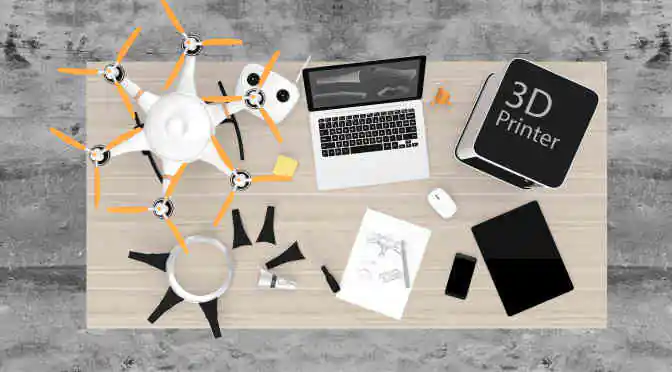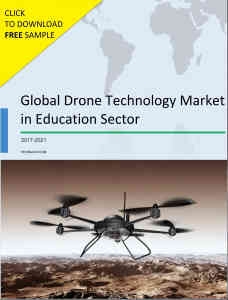Drones are growing increasingly commonplace, both in the skies and across our collective imagination. You may have classified drone technology as exclusive to the military and wondered about its potential applications in the commercial sector. Today, drones are actively used in an assortment of industrial disciplines and have also landed in the lucrative pastures of recreational use. Associatively, educationalists have begun to harness the power of these small unmanned aerial vehicles (UAVs) to engage students and to bring lessons to life in the modern day classrooms.
How is this done? And, is the usage of drone technology in education a practical proposition?
Infusing creativity and ‘out-of-the-box’ thinking with drones
Drones certainly do have the ‘wow’ factor, and, thanks to the fact that we are still at the beginning of the drone era, the potential of using drones in the classroom has yet to be fully realized. There is little doubt that in just a few years, drones will emerge as a much preferred educational tool, employed by all the major educational institutions.
When it comes to using drones for education, teachers are truly spoilt for choice. They not only can help students in building their technical skills from scratch, but can also encourage them to pick up vital insights on electronics, robotics, chemistry, mathematics, programming, and coding when doing so.
With the incorporation of these technologies, students can learn to perform complicated technical operations apart from acquiring skills such as teamwork and communication. On the other hand, instructors can track and analyze the progress of students in simulations to accordingly modify their teaching methods on complex scientific concepts.
Cost-effective technology with advanced features and scalable benefits
As drones increasingly become cheaper and more accessible, educational institutions are now able to purchase them with ease. The price of these unmanned aerial vehicles usually depend on the accessories attached to them. For example- Extreme Fliers offers Microdrone 2.0+ without a camera at $93.00. However, it costs $103 with a 640 P camera kit and $113 with a 720 P HD camera kit.
These competitive prices are bound to encourage more educational institutions to embrace and deploy their own fleet of drones. Additional incentive includes the fact that costs pertaining to the incorporation of drone technology in an educational institution is quite low when compared to the implementation of camera surveillance systems.
Drones are set to take the impartment of education to greater heights
Society stands at the start of an exciting and productive drone era. Similar to many new technologies with high potential, this development may seem both overly ambitious and a mere stopgap arrangement. However, nothing can derail the oncoming heyday for drones in the education sector, provided the educators first help the students understand this novel addition, make productive use of it, and help them confidently discover creative and functional ways to put this technology to the ultimate use. A tall ask, but most definitely achievable!




